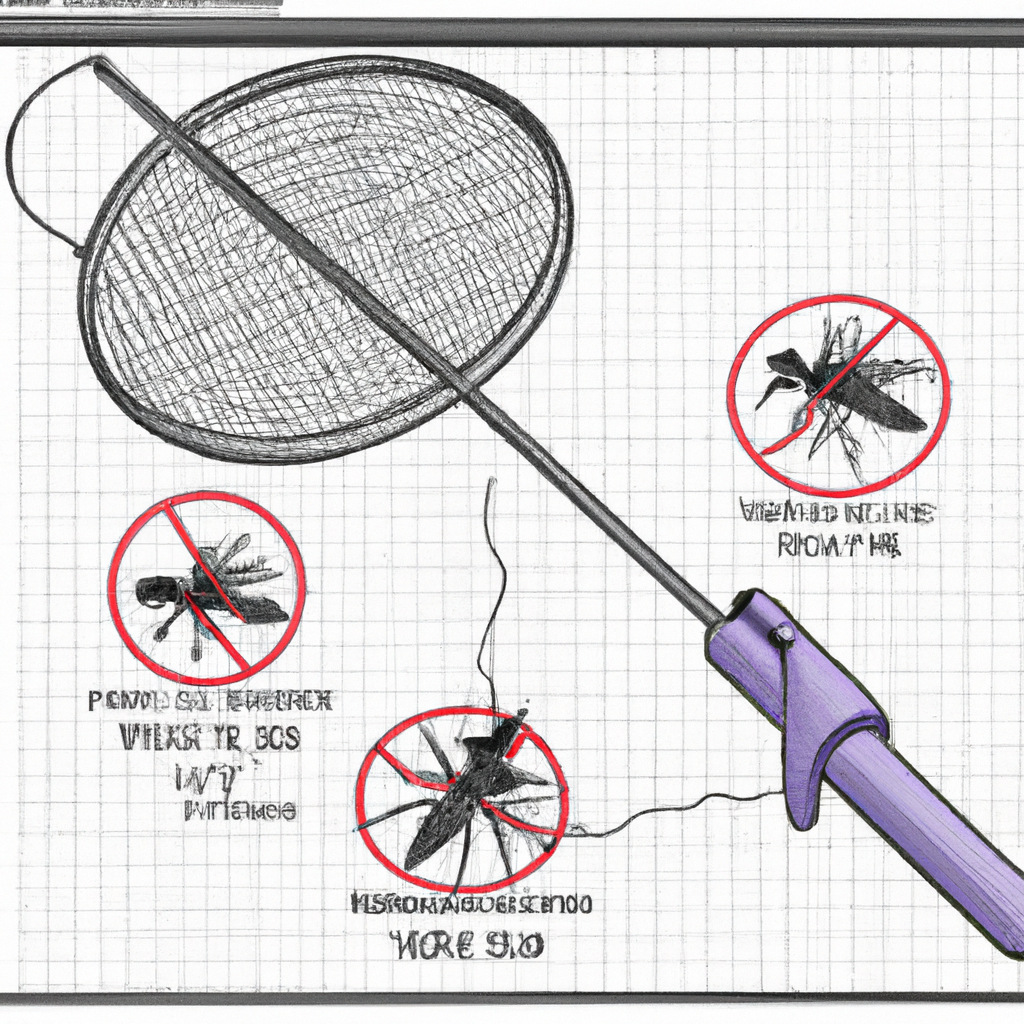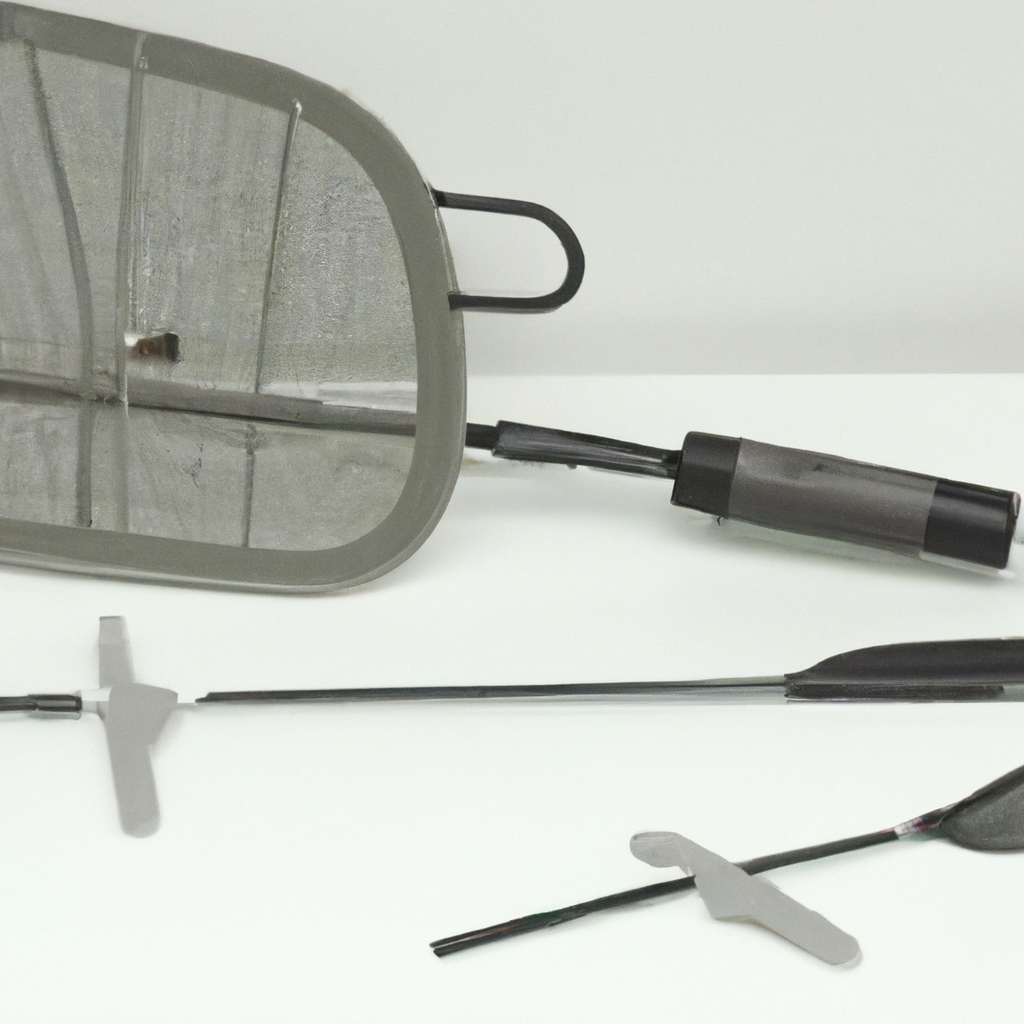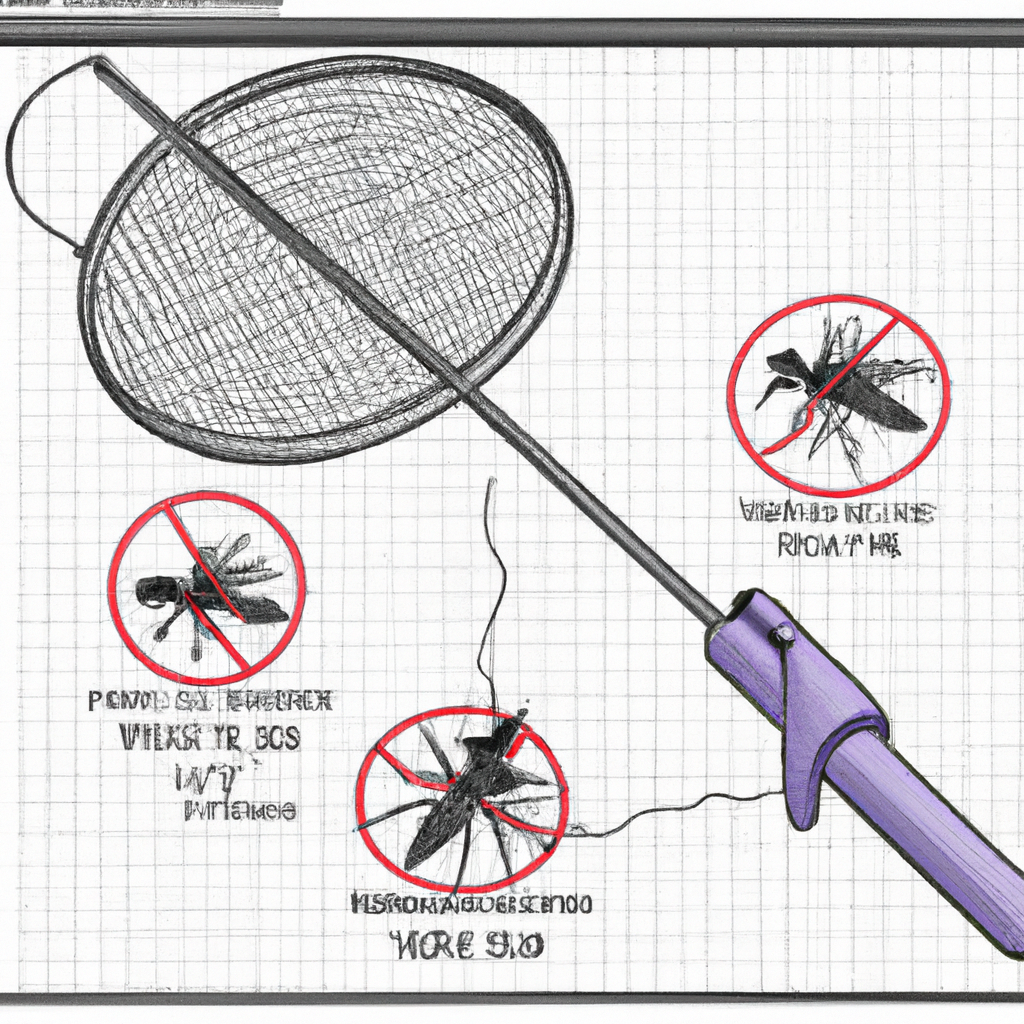Are you tired of pesky flies invading your space and spreading diseases? Look no further! In this article, you will discover a variety of effective strategies for fly management that are sure to keep these annoying insects at bay. From simple household remedies to professional pest control solutions, we’ve got you covered. Say goodbye to the constant buzzing and swatting – it’s time to reclaim your peace and tranquility!

Understanding Fly Behavior
Types of flies
Flies are a common nuisance found across the globe, and understanding the different types of flies is crucial in managing them effectively. The most common types of flies include house flies, fruit flies, blow flies, and stable flies.
House flies, scientifically known as Musca domestica, are typically found in and around homes. Fruit flies, or Drosophila melanogaster, are attracted to fruits and vegetables and are often seen hovering around ripe produce. Blow flies, also known as bluebottle flies, are known for their metallic blue or green coloration and are usually found near decaying organic matter. Stable flies, or Stomoxys calcitrans, are commonly found in areas with livestock and can be a significant annoyance to both animals and humans.
Life cycle of flies
Understanding the life cycle of flies is crucial in controlling their population. Flies undergo a complete metamorphosis, which consists of four stages: egg, larva, pupa, and adult. The life cycle can vary in duration depending on the fly species, environmental conditions, and availability of food and suitable breeding sites.
Flies lay eggs, which hatch into larvae or maggots. The larvae feed on organic matter, such as decaying food or animal waste, for several days to weeks. After the larval stage, flies enter the pupal stage, during which they undergo a physical transformation inside a protective casing. Finally, the adult flies emerge and begin reproducing, starting the cycle anew.
Identifying fly breeding sites
Identifying and eliminating fly breeding sites is crucial in preventing fly infestations. Flies tend to lay their eggs in warm and moist areas with a suitable food source for their larvae. Common breeding sites include garbage cans, compost piles, pet waste, decaying organic matter, and even dirty drains. By regularly inspecting and cleaning these areas, you can significantly reduce the chances of fly populations thriving.
Preventing Fly Infestations
Proper sanitation practices
Maintaining proper sanitation practices is essential in preventing fly infestations. Regularly clean and dispose of garbage in sealed containers, ensuring that lids are tightly closed. Keeping your kitchen and other areas clean by wiping down surfaces and promptly cleaning up spills can eliminate food sources that attract flies. Additionally, ensure that food storage areas, such as pantries and refrigerators, are properly sealed to prevent access by flies.
Eliminating food sources
Flies are attracted to areas with abundant food sources, so eliminating these sources is crucial. Ensuring that food is properly stored in airtight containers and promptly cleaning up after meals can significantly reduce the attractiveness of your home to flies. Additionally, regularly empty and clean pet food bowls and bird feeders, as these can be enticing to flies. By removing access to food, you can greatly reduce the chances of fly infestations taking hold.
Sealing entry points
Preventing flies from entering your home or business is an important step in fly prevention. Inspect and seal any gaps or cracks in windows, doors, and walls. Installing screens on windows and doors can provide an additional barrier to keep flies out while still allowing for ventilation. Properly maintaining and repairing screens is crucial to ensure their effectiveness. By sealing entry points, you can create a more fly-proof environment.
Natural Fly Repellents
Essential oils
Using essential oils as natural fly repellents is becoming increasingly popular. Certain essential oils, such as lavender, peppermint, eucalyptus, and lemongrass, have properties that flies find unpleasant and tend to avoid. Diluting these oils and applying them to skin, clothing, or surfaces can help repel flies. Additionally, burning essential oils in diffusers or placing cotton balls soaked in the oils around your home or outdoor areas can act as a natural deterrent.
Herbs and plants
Certain herbs and plants have natural fly-repellent properties. Planting these in your garden or around outdoor seating areas can help deter flies. Some effective plants include basil, mint, rosemary, and marigold. The strong scents or oils released by these plants tend to repel flies, making them a natural and environmentally friendly option for fly control.
Fly-repellent sprays
Fly-repellent sprays that utilize natural ingredients can provide an effective solution for repelling flies. These sprays often contain plant-based extracts, such as citronella, neem oil, or lemongrass, which flies find unpleasant. Applying these sprays to outdoor areas, surfaces, or even directly on your skin can help keep flies at bay. However, it’s important to follow the instructions and guidelines provided by the manufacturer when using these sprays.
Chemical Fly Control
Insecticide sprays
Insecticide sprays are a common approach to fly control and can be effective when used correctly. These sprays contain chemicals such as pyrethroids or organophosphates, which are toxic to flies. It’s important to choose insecticides specifically labeled for fly control and to follow the instructions carefully. When using insecticide sprays indoors, ensure proper ventilation and take necessary precautions to protect yourself, pets, and other non-target organisms.
Baits and traps
Baits and traps can be used to lure and capture flies, reducing their population. Fly baits often contain an attractant combined with a substance that is toxic to flies, such as an insecticide or a natural ingredient like boric acid. Traps can be sticky or contain a liquid attractant that flies fly into and are unable to escape from. Placing these baits and traps in strategic locations, such as near garbage cans or in fly-prone areas, can be effective in controlling fly populations.
Fly control strips
Fly control strips, also known as fly paper or sticky tapes, are an effective and affordable method for fly control. These strips are coated with a sticky substance that flies become trapped on when they come into contact with it. Hanging these strips in areas frequented by flies, such as near windows, can help capture and reduce their numbers. However, it’s important to regularly replace the strips when they become full or lose their effectiveness.

Fly-Proofing Outdoor Areas
Covering food and trash bins
In outdoor areas, covering food and trash bins is essential to prevent flies from being attracted and gaining access to these potential breeding sites. Using tightly sealed containers or lids on garbage cans and compost bins can ensure that flies cannot access decaying organic matter. Additionally, covering food during outdoor picnics or barbecues can prevent flies from landing and contaminating the food with their presence or droppings.
Regular maintenance of outdoor spaces
Regularly maintaining outdoor spaces can help prevent fly infestations. Removing any standing water or sources of excess moisture, such as clogged gutters or birdbaths, can eliminate breeding sites for flies. Trimming overgrown vegetation and keeping grass and bushes well-maintained can reduce fly resting spots. It’s also important to promptly clean up pet waste and fallen fruits to prevent them from attracting flies.
Using fly screens
Installing fly screens on windows, doors, and outdoor areas can provide an effective barrier against flies. These screens allow for fresh air circulation while preventing flies from entering your living or working spaces. Regularly inspecting and repairing any damaged screens is crucial to maintain their effectiveness. By using fly screens, you can enjoy the benefits of the outdoors without the annoyance of flies.
Fly Management in Livestock Facilities
Proper manure management
Livestock facilities are particularly susceptible to fly infestations due to the presence of manure, which serves as a feeding and breeding source for flies. Proper manure management is vital in controlling fly populations. Implementing techniques such as regular removal and proper disposal of manure, composting, or using manure as fertilizer in a controlled manner can help minimize fly breeding sites.
Fly traps and sticky tapes
Fly traps and sticky tapes are commonly used in livestock facilities to control fly populations. These traps are strategically placed near areas where animals congregate or where flies are commonly found. They utilize attractants to lure flies into the trap, where they become trapped and are unable to escape. Sticky tapes can also be effective in capturing flies. Regularly checking and replacing these traps and tapes is crucial to maintain their effectiveness.
Fly predators
Introducing fly predators, such as certain species of parasitic wasps, can be an effective biological control method for fly management in livestock facilities. These tiny wasps target fly pupae, effectively reducing fly populations. Fly predators are usually released in areas with fly breeding sites and can provide long-term control without the use of chemicals. However, proper monitoring and timing are crucial for their effectiveness.
Integrated Pest Management for Flies
Identifying the source of infestation
When dealing with fly infestations, it’s essential to identify the source of the problem. Conduct a thorough inspection of your property to determine the breeding sites or attractants that might be attracting flies. By addressing the root cause, you can implement targeted control measures that will yield more effective and long-lasting results.
Implementing preventive measures
Prevention is key in managing fly populations. By implementing preventive measures, such as proper sanitation practices, regular maintenance, and sealing entry points, you can significantly reduce the likelihood of fly infestations. Identifying and addressing potential breeding sites and food sources early on can make a significant difference in fly control.
Combining different control methods
An integrated approach that combines different control methods is often the most effective strategy for fly management. By utilizing a combination of natural repellents, chemical controls, physical barriers, and proper waste management, you can create an environment that is unattractive and inhospitable to flies. This holistic approach ensures comprehensive and long-term fly control.
Understanding Fly Diseases and Risks
Common diseases transmitted by flies
Flies are known to be carriers of various diseases and can transmit pathogens to humans and animals. Common diseases transmitted by flies include salmonellosis, E. coli infection, typhoid fever, cholera, and various types of food poisoning. Flies can also spread parasitic infections such as pinworms and tapeworms. Understanding the potential risks associated with fly infestations emphasizes the importance of effective fly management.
Health risks associated with fly infestations
Fly infestations pose significant health risks to humans and animals. Flies can contaminate food and surfaces they come into contact with by transferring disease-causing organisms through their mouthparts, feet, or feces. This contamination can lead to the transmission of diseases and contribute to the spread of infections. Additionally, flies can cause skin irritations and allergic reactions in individuals who are sensitive to their bites.
Training and Education on Fly Control
Educating employees and residents
Raising awareness and providing education on fly control is crucial in maintaining a fly-free environment. Whether in residential or commercial settings, educating employees, residents, or homeowners on proper sanitation practices, identifying fly breeding sites, and implementing preventive measures is essential. This knowledge empowers individuals to actively participate in fly management and ensures the collective effort in maintaining a clean and fly-free space.
Training on proper waste management
Proper waste management is a fundamental aspect of fly control. Training employees or residents on proper waste disposal techniques, such as sealing garbage bags, promptly emptying trash bins, and cleaning up spills, can greatly reduce attractants for flies. Emphasizing the importance of maintaining cleanliness and implementing waste management practices effectively contributes to fly prevention.
Identification and reporting of fly problems
Encouraging individuals to be vigilant in identifying and reporting fly problems is essential in effective fly management. Establishing a system for reporting fly sightings, potential breeding sites, or other signs of infestation allows for prompt intervention and mitigation. By creating a culture of proactivity and communication, fly issues can be addressed swiftly and more effectively.
Working with Pest Management Professionals
When to seek professional help
In some cases, fly infestations may be severe or difficult to manage using DIY methods. In such situations, it is advisable to seek the assistance of pest management professionals. Professional help should be considered when fly populations are extensive, when infestations persist despite repeated efforts, or when there are concerns about the potential health risks associated with the infestation.
Choosing a qualified pest control company
When choosing a pest control company for fly management, it’s important to consider factors such as their experience, expertise, and reputation. Look for a company that specializes in fly control and has a proven track record of success in managing fly infestations. Additionally, ensure that the company follows environmentally friendly and safe practices, as well as complying with local regulations and requirements.
Collaborating with professionals on integrated pest management plans
Collaborating with pest management professionals is crucial in developing and implementing effective integrated pest management (IPM) plans for fly control. IPM strategies focus on long-term solutions that minimize the use of chemicals, while still ensuring effective fly management. Professionals can assess the specific needs of your property, develop tailored management plans, and provide ongoing monitoring and support to achieve optimal results.
In conclusion, understanding fly behavior is the first step in effective fly management. By familiarizing yourself with the types of flies, their life cycle, and identifying their breeding sites, you can implement proactive measures to prevent fly infestations. Utilizing natural repellents, chemical controls, and physical barriers can further enhance your fly management efforts. Proper waste management, regular maintenance of outdoor spaces, and education on fly control are also essential aspects of sustainable fly management. By collaborating with professionals, when necessary, and implementing integrated pest management plans, you can ensure a fly-free environment that promotes the health and well-being of both humans and animals.




